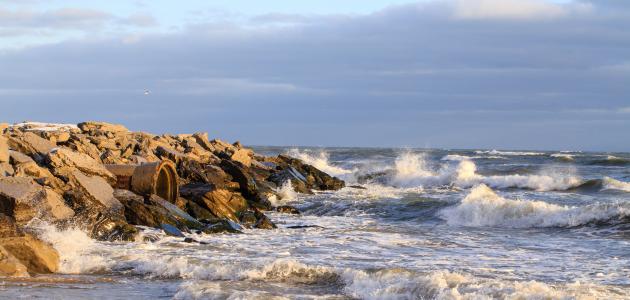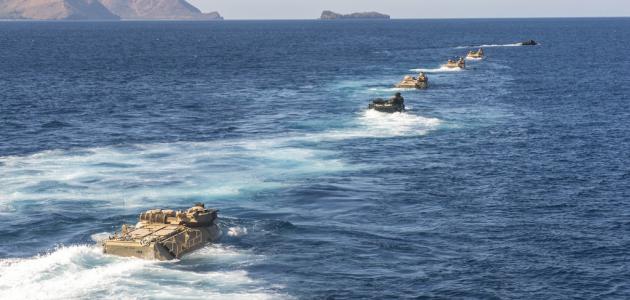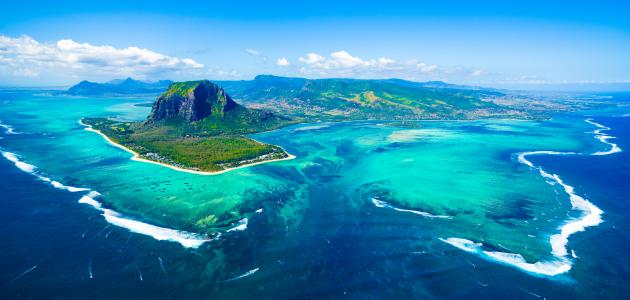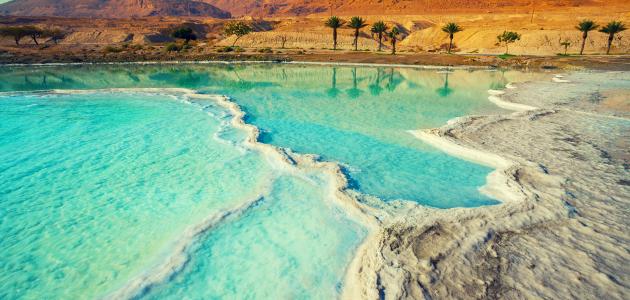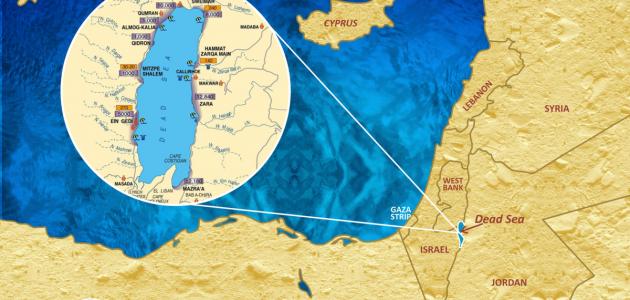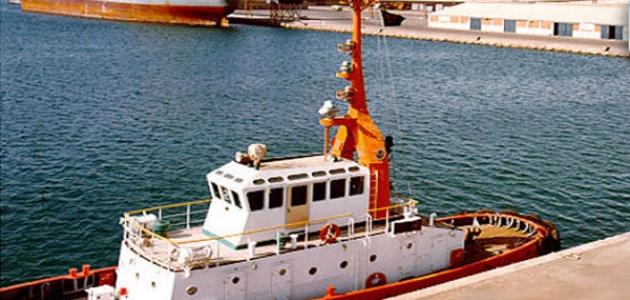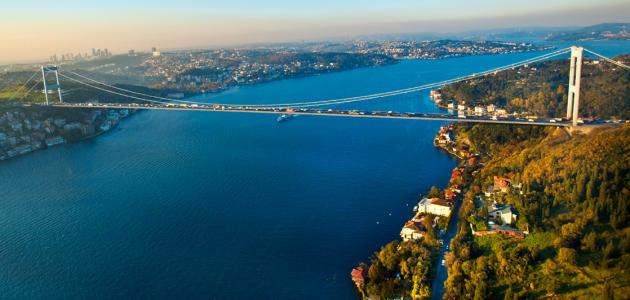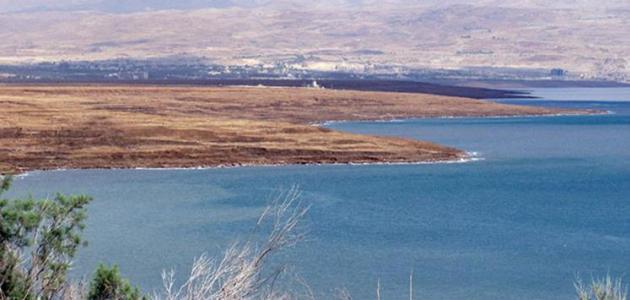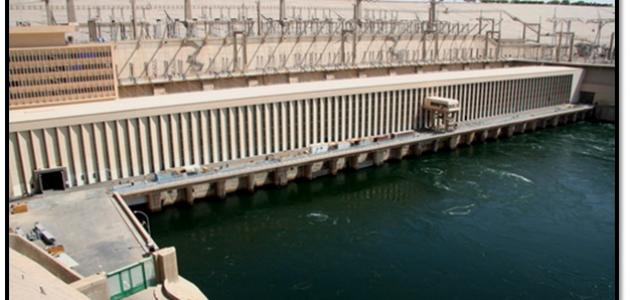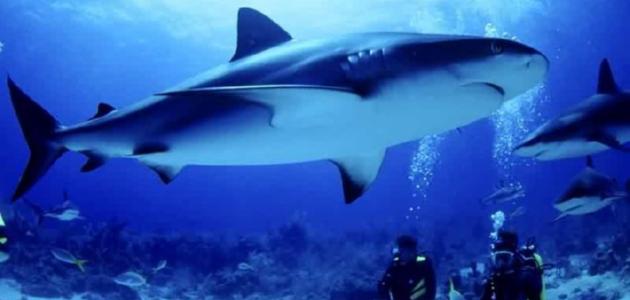the lake
A lake is defined in the language as stated in the contemporary Arabic language dictionary as: (a vast community of water surrounded by land on all sides), and its collection is lakes and lakes. This definition agrees with the definition of a lake scientifically. all its sides, and the lakes are fresh or salty, so if the lake is open; That is, its water ends in a river, so it is fresh, but if it is closed and the life cycle is related to evaporation only, then it is a salty lake.
Lakes are distributed all over the world; Lakes are found in every continent of the globe, regardless of its environments and diversity. Lakes are found in desert, mountainous and plain areas, and even near the sea shores. The continents of North America, Asia and Africa contain 70% of the world’s lakes, so the number of lakes is in North America and in the region Alaska has nearly three million lakes.
The lakes differ from each other in size, depth, and height or depression from sea level. As for the sources of lake water, they are rain, snow, and ice melt, in addition to groundwater leaks from the ground. The importance of the lakes lies in softening the climate in the areas that surround them, and most of them are characterized by the abundance of mineral salts and fish. The lakes’ water is also used to generate electricity, and the fresh lakes are a storehouse of fresh water. which it overlooks and surrounds.
Read also:What sea separates two continentsThe largest lake in the world
The largest lake in the world is the Caspian Lake, and it is called a sea or a lake. The Caspian Lake was named after the Iranian city of Caspian. The reason for naming it the Caspian Sea is due to the nature of its salty waters. ; It is Asia, Africa and Europe, and the Caspian Lake separates the continent of Asia from Europe, and the Caspian Lake is the second largest oil-rich water body, with an area of about 370,000 km2The shores of the Caspian Lake are shared by five countries in certain proportions. These proportions differ for several political and economic reasons related to its wealth and its exploitation. These countries are: Kazakhstan and Turkmenistan in the east, Azerbaijan in the west, Russia in the north, and Iran in the south.
As for the depth of the lake, it starts from ten meters on the northern Russian coasts, and increases from 180 meters to 788 meters in the middle, while in the south near the Iranian coasts, the depth reaches 960 meters, while its maximum depth was recorded in the south, which is 1023 meters, and it is found in Caspian Lake is a large fish wealth that includes specific types of fish, such as caviar fish, from whose eggs the precious caviar rich in benefits is extracted. Approximately 78 species of fish live in the lake.
As for the rivers that flow into Lake Caspian, they are numerous. Among the most important and greatest of them is the Volga River, from which most of the lake’s waters come and its source is Russia, and there is the Terek River that comes from Russia as well.
Read also:What is the Devil's Sea?The largest lakes in the world
Here is a list of the ten largest lakes in the world in terms of their total area:
- Caspian Lake: Its area is 371,000 km2It contains approximately 78,200 km3 from water; It has an average depth of 211 metres.
- Lake Superior: Its area is 82,414 km2It is the largest freshwater lake in the world, the second largest lake in terms of total area, and the third largest lake in terms of volume, and it is the largest lake in North America. The length of the lake is 563 km, while its width reaches 257 km, and its depth reaches 406 meters. The reason for its formation is due to the ice movements in that region.
- Lake Victoria: Its area is 69,485 km2It is the largest tropical lake and the second largest freshwater lake in the world, with an average depth of 40 meters, and a maximum depth of 84 meters, and contains 84 islands within it.
- Lake Huron: Its area is 59,596 km2It is one of the largest lakes in North America, with a length of 331 km, while its width is 295 km, and its average depth is 59 meters. The lake was formed by glacial movements, and its water sources are: Saint Mary’s River and the Strait of Mackinac.
- Lake Michigan: Its area is 58,016 km2It is located in North America and contains 4,918 km3 From the water, the length of the lake reaches 494 km, while its width reaches 190 km, and the deepest point in it reaches 282 meters, and the reason for its formation is due to glacial movements.
- Lake Tanganyika: Its area is 32,893 km2It is the longest freshwater lake in the world, with a length of 677 km, while its width reaches a maximum of 50 km. The reason for its formation is due to terrestrial tectonic movements.
- Lake Baikal: Its area is 31,500 km2It contains 20% of the world's fresh water. Its deepest point is 1642 meters, while its average depth is 744.4 meters. It was formed due to changes in the tectonic rift area. Lake Baikal is one of the oldest lakes on the globe. It is at least 25 million years old.
- Big Bear Lake: Its area is 31,080 km2It is the fourth largest lake in North America, and its length reaches 320 km, while its width reaches 175 km, and its average depth is 71.7 meters. Its water source is the Great Bear River, and the lake is characterized by significantly lower temperatures in the winter.
- Lake Malawi: Its area is 30,044 km2It is an African lake located in eastern Africa, and Lake Malawi is the third largest lake in Africa and the second deepest lake in it as well, its depth reaches 706 meters, and its length is 579 km, and the lake is located at an altitude of 500 meters above sea level, and the reason for its formation is the separation of the plates tectonics from each other.
- Great Slave Lake: Its area is 28,930 km2It is located in North America, and its depth reaches 614 meters, and its water sources are the Hai River and the Mackenzie River, and its waters are frozen most of the year.
